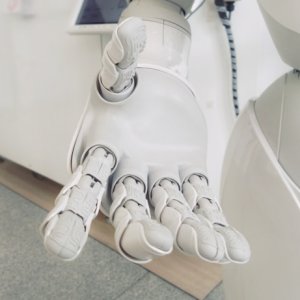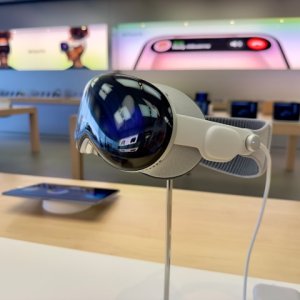Technology Combatting Nosocomial Infections

STORY INLINE POST
Q: What is the objective of your technology and methods?
A: Our focus is specifically on combatting nosocomial infections. These kinds of infections, born in hospitals, are killing more people than prostate and breast cancer combined. The problem is not new and it is affecting every country in the world. A very effective measure to reduce its prevalence is maintaining adequate hand hygiene in hospitals. This means using the right technique, washing the hands in the right moment and using the right products. The WHO has stipulated a very clear framework for this; however, it is estimated that only 40 percent of hospitals worldwide actually meet these standards. Every health professional working in a hospital should be complaint with these standards. By using correct hand sanitization, we can reduce infections by up to 50 percent.
We decided to use technology to grow the culture of hand hygiene. Our platform is built to change behavior by providing real-time feedback on hand-washing practices, as well as opportune statistics that show in which areas there is a need for more training. Traditionally, an anonymous person often monitors whether colleagues are washing their hands and if they are doing it correctly. However, this covers less than 0.4 percent of all opportunities. In addition, the fact that people feel they are being watched, may push them to temporarily wash their hands in a stricter manner. When the observation period is over, they go back to their old ways. Another risk is that people do not always evaluate their fellow colleagues fairly. They may overlook certain behavior, or be stricter on some than others. Our electronic tools remove these factors. Our belief is that measurement is very important. What you do not measure, you cannot improve.
Q: What specific metrics do you use?
A: You can measure the amount of times hand washing is done against the amount of time it should have been done. This is the gold standard. In many hospitals, data like this may be collected and taken to a particular person in charge of this area. However, it then does not reach the actual professionals in the form of feedback. We install special screens that provide feedback, right at the moment that people are actually there to wash their hands. They see the percentages, they see the variations between days, they see if they are improving, and they see the differences between different professional areas in the hospital. The medical staff themselves wear a tag that allows recognition of who is washing their hands. The information also goes to team leaders so they can work to improve specific aspects. We believe strongly in positive reinforcement, as opposed to punitive action. This kind of aspirational communication motivates people to do better. For this reason, we have also installed a blue light bottom of our tag, which goes on when the performance is good. We could put a red light, but this would be punitive. It is another way of changing the culture.
Q: In which hospital areas do you consider your technology to be most useful?
A: I would say the areas of critical care, like the intensive care unit. However, the hospitals we work with have installed it in other sections too. It depends on each hospital. You do start with critical care, and then start moving to external care. Ultimately, good hand hygiene should be practiced in all areas of the hospital.
Q: What is the profile of the hospitals you work with?
A: Here in Monterrey, we have installed the system in San Jose Hospital and in Christus Muguerza Sur hospital. We are also implementing it at the Federico Gomez Children’s Hospital too. At the same time, we are in talks with the Punta Pacifica group in Panama. We are not limited to Monterrey or Mexico for that matter. We do feel that any hospital that wishes to meet a higher standard of patient safety and quality for clinical care could benefit from our system. There should be a culture that is focused on these aspects. Both in public and private hospitals, there are sometimes serious deficiencies in the necessary resources. For example, they may not have the soap or alcohol required. These are truly indispensable if we are to install our system. Fortunately, there are hospitals moving forward, some actively looking for tools. Some have national or international certifications, which shows they are committed to this area.
Q: What is your principal goal for 2020-2021?
A: Our objective is to introduce our system to different hospitals. We intend to get the message out to people who have influence in the sector. We will continue to seek solutions to help resolve this problem. This includes new developments, such as using artificial intelligence to improve other processes. There are many aspects to keeping a high sanitary standard in clinics, not just hand hygiene.
RT Q: How do you think technology is revolutionizing healthcare?
A: The sky is the limit. The sector has seen a lot of innovation; however, at times the public bureaucracy has been a limiting factor. Many new technologies are not included in regulatory frameworks or catalogues. The bodies that regulate it are both national and international, and include the politics that take place in hospitals. Hospitals need to actively determine how they can use these new technologies to improve healthcare. Not all regulation is deficient, but we are still moving in an archaic environment.
Aidy Technology is a software platform that provides real-time feedback and statistics about hand-washing practices in hospitals. The software has the goal to reduce nosocomial infections in hospitals, which is a significant cause of mortality worldwide








 By Miriam Bello | Senior Journalist and Industry Analyst -
Mon, 11/23/2020 - 18:02
By Miriam Bello | Senior Journalist and Industry Analyst -
Mon, 11/23/2020 - 18:02
















